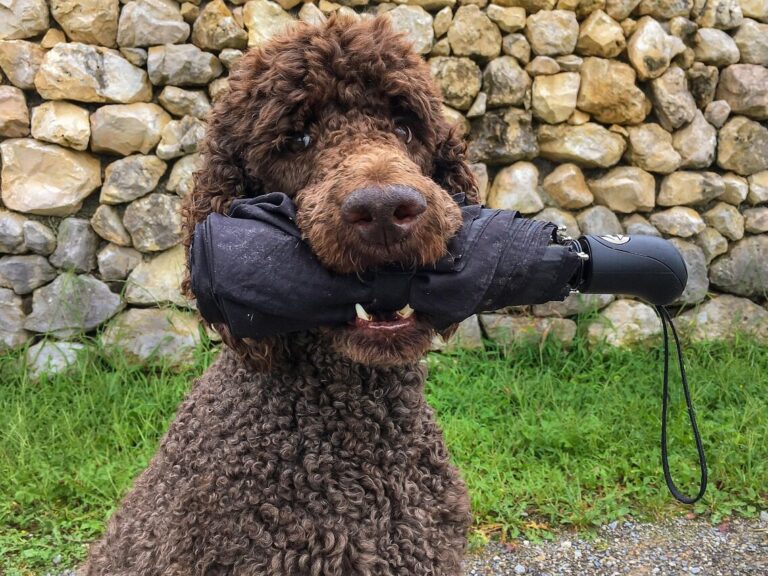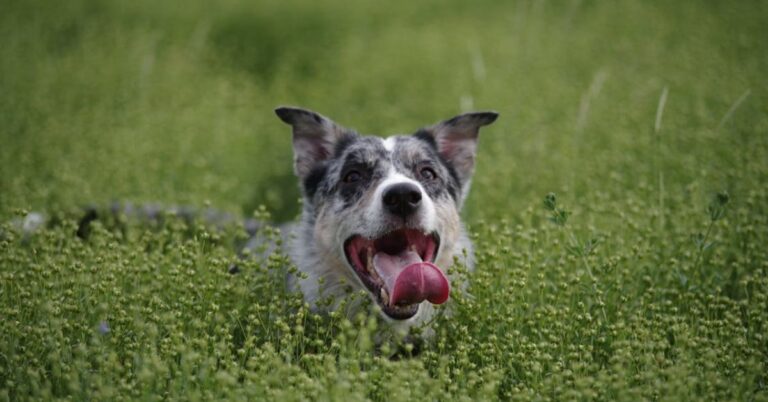30 Dog Breeds That Can Be Difficult to Train
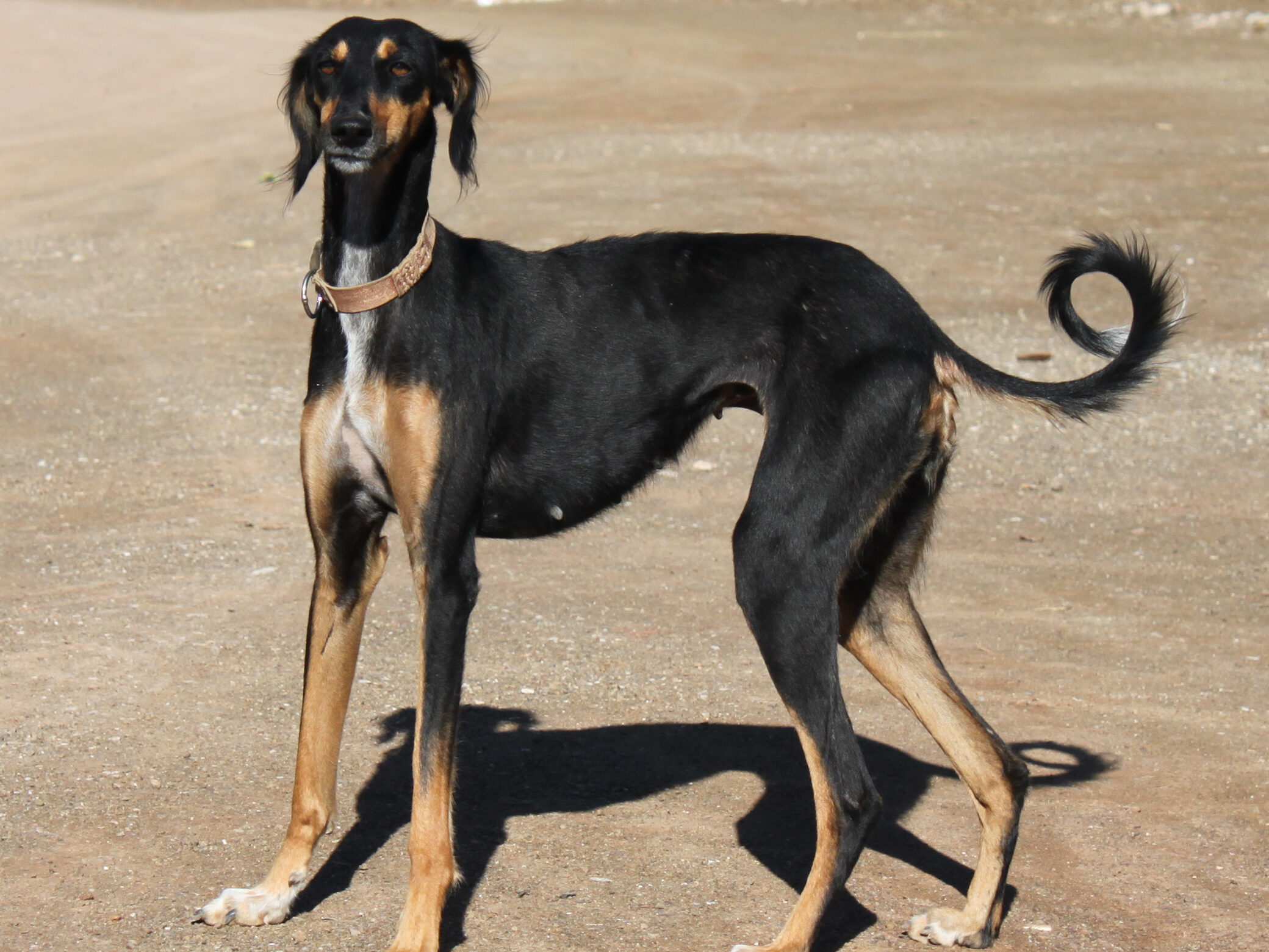
Some breeds can be more challenging than others. These 30 dog breeds require more patience and effort to train, whether it’s due to their stubbornness, independence, or instincts. If you’re thinking about bringing one of these breeds into your home, it’s important to know what you’re getting into. Here’s a look at 30 dog breeds that can be difficult to train and why they might be a bit more challenging.
Afghan Hound
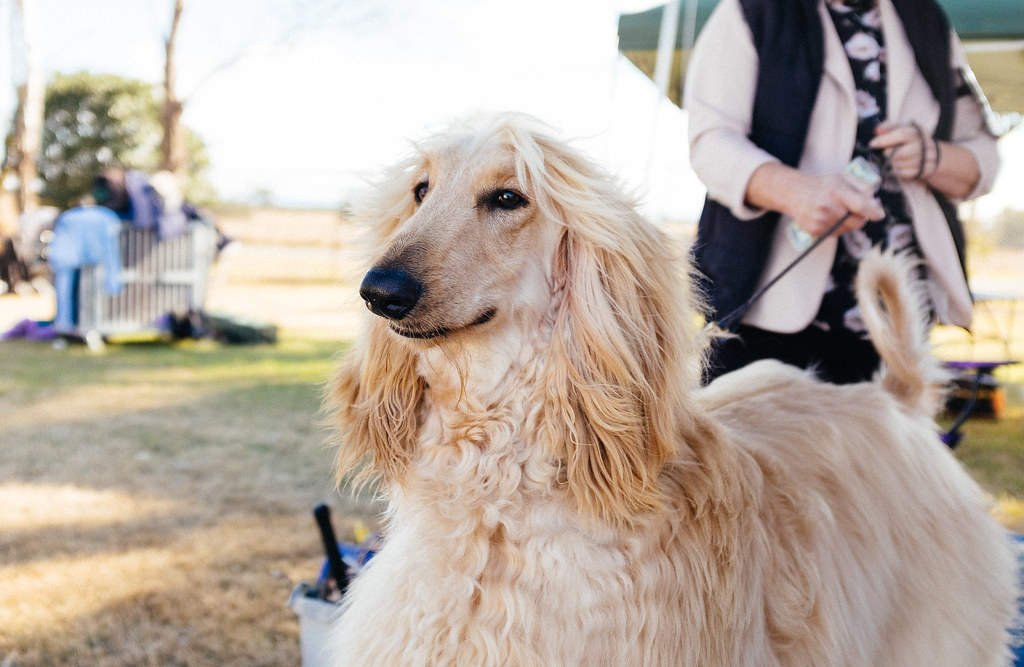
These dogs were bred to hunt independently in the mountains of Afghanistan, which has made them very self-reliant. This independence can make them less responsive to training, as they are used to making their own decisions. They may ignore commands or seem uninterested in what you’re trying to teach them.
Basenji
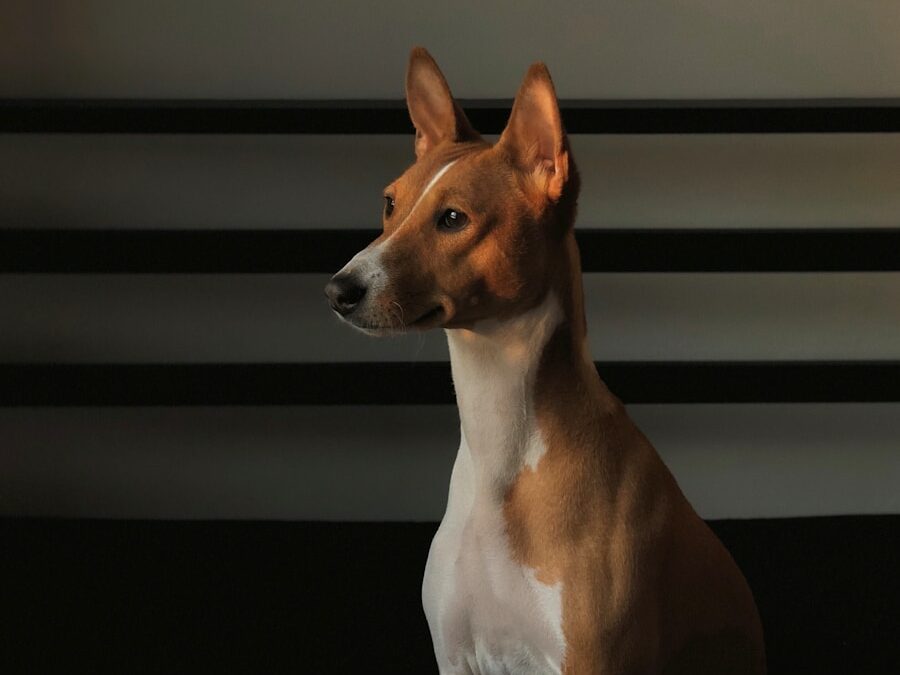
The Basenji is often called the “barkless dog” because it makes a unique yodel-like sound instead of barking. This breed is incredibly smart but also fiercely independent. Basenjis were bred to hunt independently, so they’re used to thinking for themselves. This can make them seem stubborn during training. They’re not the type to follow orders just because you say so—they need to see the benefit for themselves.
Chow Chow
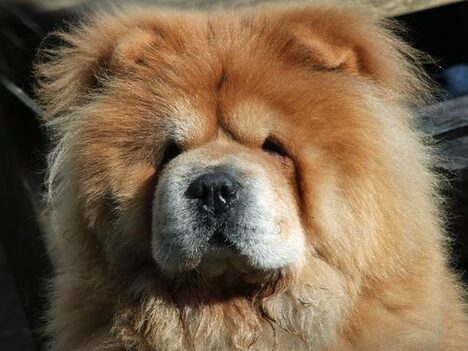
Chow Chows are very independent and can be stubborn, which makes them challenging to train. They are not naturally eager to please like some other breeds and may question why they should obey commands. Because of their strong-willed nature, it’s important to establish yourself as the leader early on. Positive reinforcement and firm, consistent training will help but be prepared for a dog that likes to do things on its own terms.
Bulldog

Bulldogs are famous for their lovable, wrinkled faces and stocky build, but they are also known for their stubbornness. They can be very slow to respond to commands and might not see the point in obeying unless there’s something in it for them, like a tasty treat. Bulldogs are also known for being a bit lazy, which can add to the challenge.
Borzoi
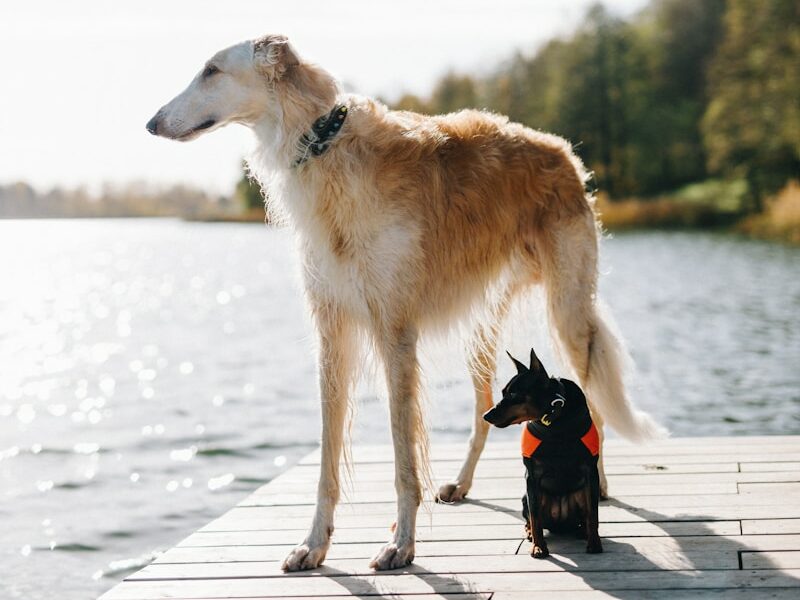
Borzois are graceful and elegant dogs originally bred for hunting in Russia. They are known for being independent and sometimes aloof, which can make training a challenge. Borzois may not always respond to commands, especially if they don’t see the point. They can also be sensitive, so harsh training methods are out of the question. A gentle, patient approach with positive reinforcement is the best way to train a Borzoi.
Beagle
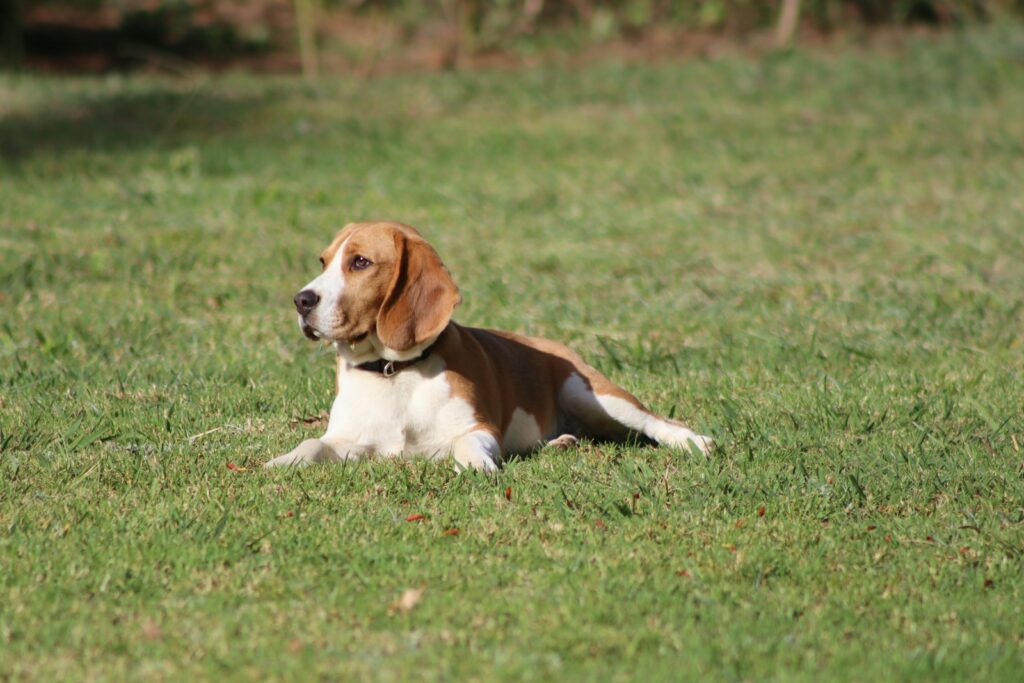
Beagles are small, friendly dogs with an incredible sense of smell. This makes them great for hunting but can also make training difficult. Beagles tend to follow their noses wherever they lead, which can distract them from what you’re trying to teach. They’re smart dogs, but their stubborn streak and strong prey drive mean you’ll need to be patient and persistent during training.
Dachshund

Dachshunds are clever and curious, but they can also be very stubborn. These small dogs were bred to hunt badgers and other burrowing animals, which gave them a strong prey drive and a lot of independence. Dachshunds can be resistant tocommands and may prefer to do things their own way. Positive reinforcement works best but be prepared for a dog that sometimes tests your limits.
Jack Russell Terrier
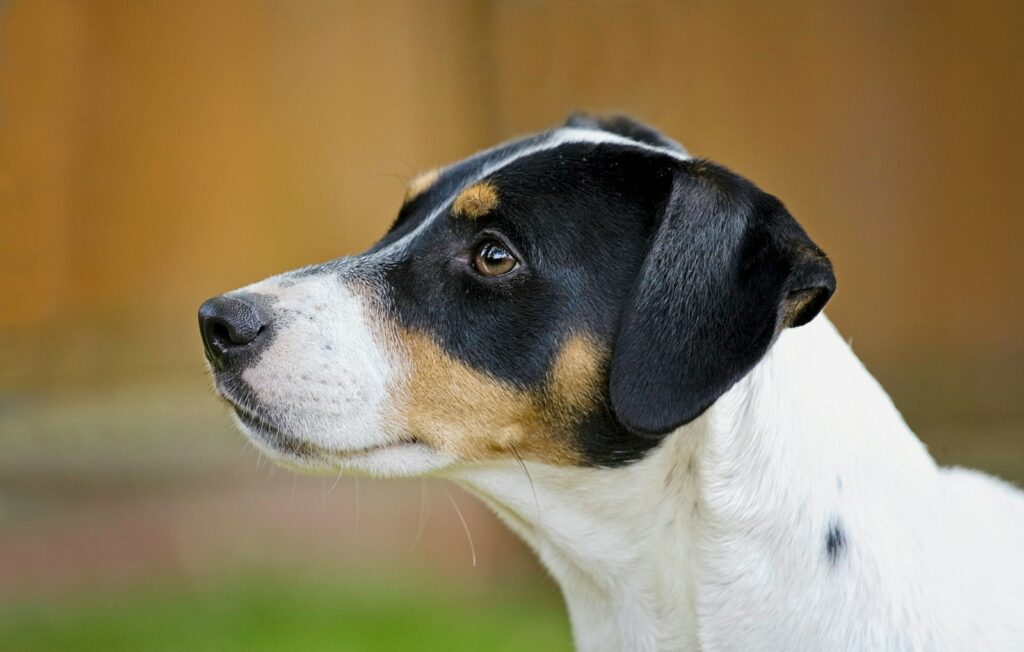
Jack Russell Terriers are small but mighty. They are full of energy and incredibly smart, which can be both a blessing and a curse when it comes to training. Their intelligence means they can quickly learn new commands, but their independent nature and strong prey drive can make them difficult to control. Jack Russells need lots of mental and physical stimulation to prevent boredom and destructive behavior.
Shar Pei

Shar Peis are known for their unique wrinkled skin and strong-willed personalities. These dogs are very independent and can be quite stubborn, making them difficult to train. Shar Peis are also naturally reserved and may not always see the point in following commands, especially from someone they don’t fully trust. So, be patient and consistent, and remember that this breed often needs a bit more time to learn and accept commands.
Siberian Husky
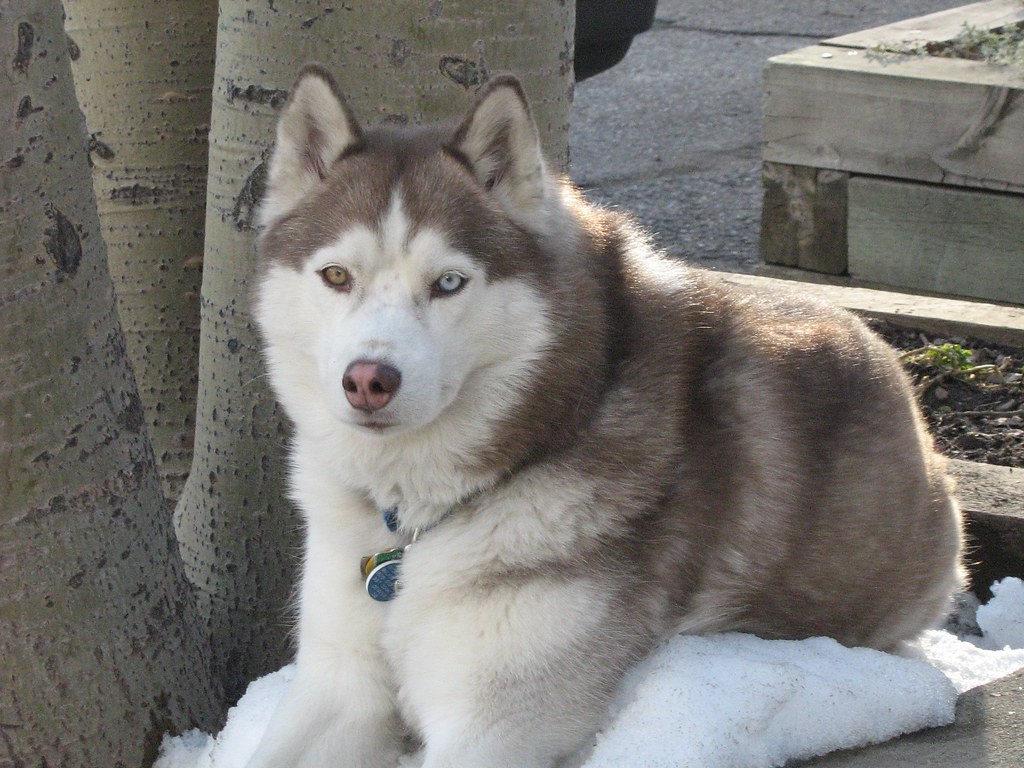
Siberian Huskies are beautiful dogs known for their wolf-like looks and high energy levels. They were bred to pull sleds in harsh winter conditions, which has made them strong, independent, and somewhat stubborn. Huskies are very intelligent, but they often have their own ideas about what they want to do, which can make training a challenge.
Shih Tzu
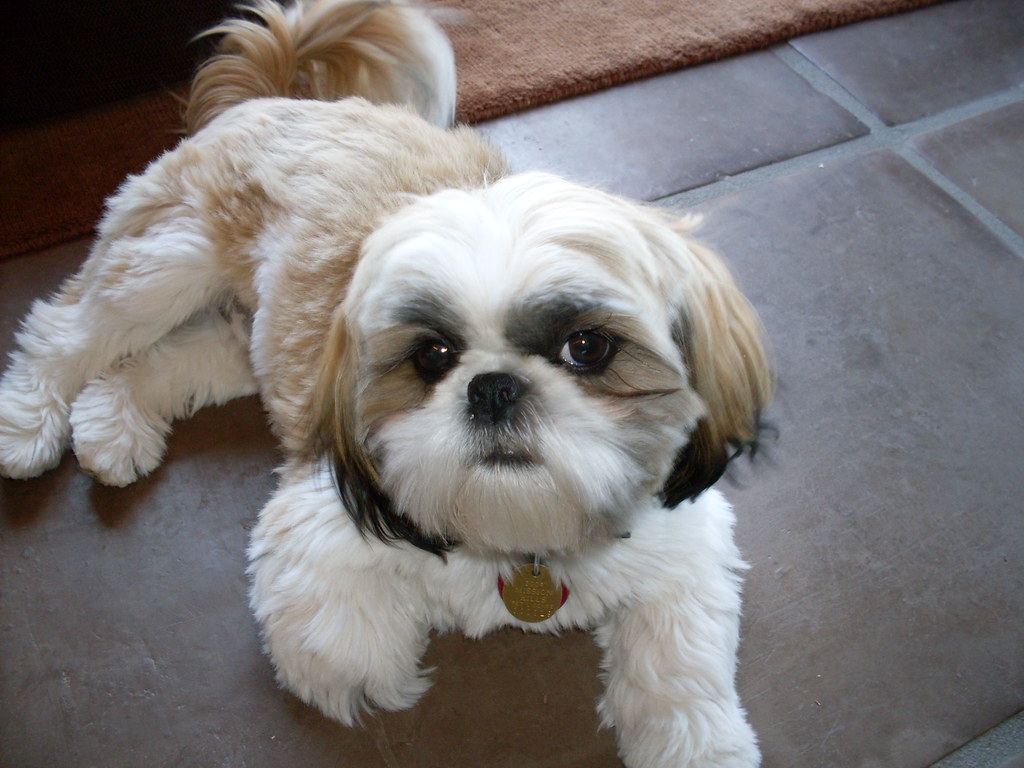
Shih Tzus are small, adorable dogs with a big personality. They were bred to be companions, which means they can be quite affectionate, but they also have a stubborn streak. Shih Tzus can be difficult to train as they sometimes prefer to do things their own way. They respond the best to positive reinforcement and gentle training methods.
Basset Hound

These dogs are natural-born hunters, which means they can get easily distracted by scents during training. Basset Hounds are also known for being a little stubborn, so you’ll need to be patient and consistent when training them. Using treats and positive reinforcement can help these pups stay focused, but be prepared for a dog that sometimes follows its nose rather than your commands.
Coonhound
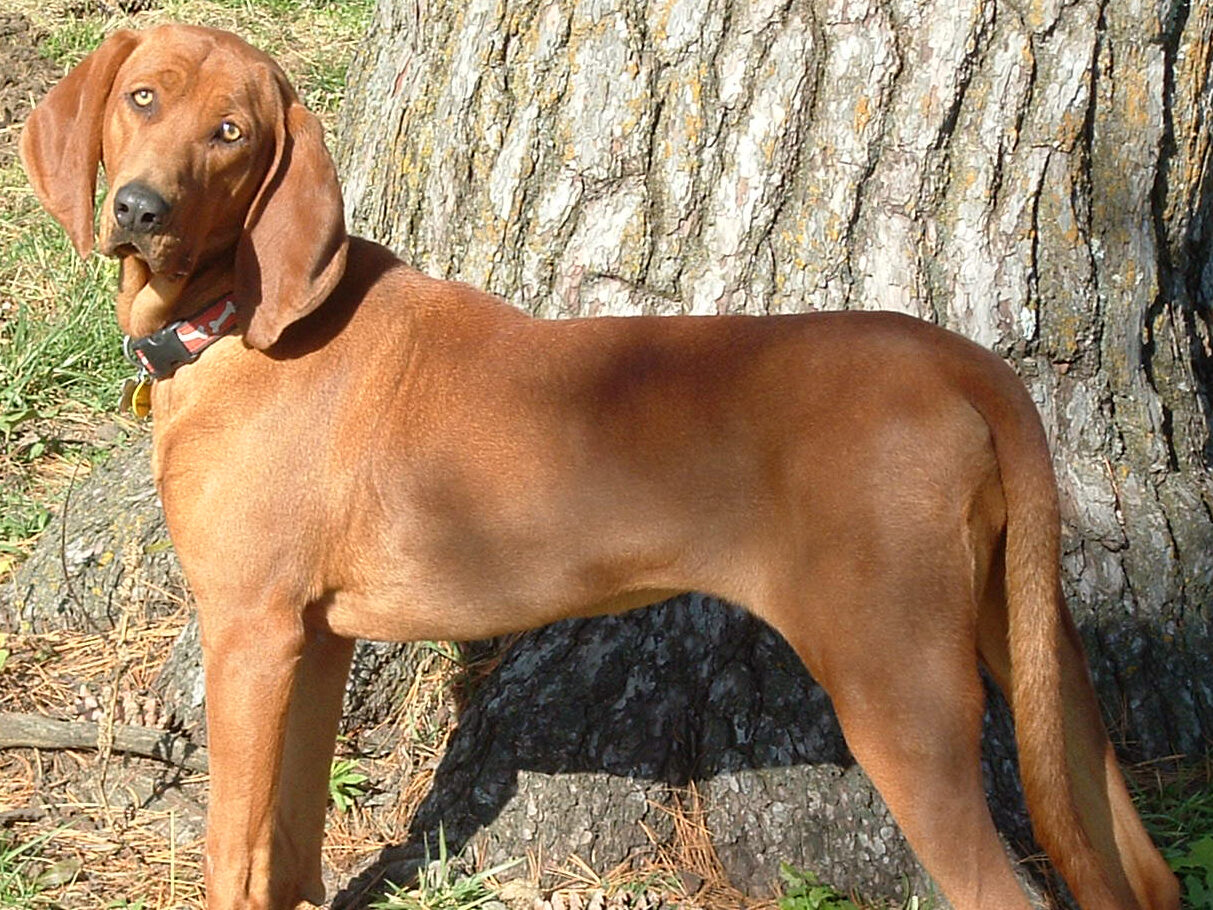
Coonhounds are hunting dogs with a strong sense of smell and a lot of energy. Like Beagles, they can get easily distracted by scents, which can make training a challenge. Coonhounds are also known for their independence and stubbornness, so training requires patience and persistence. These dogs need mental stimulation and exercise to stay happy and well-behaved.
Scottish Terrier
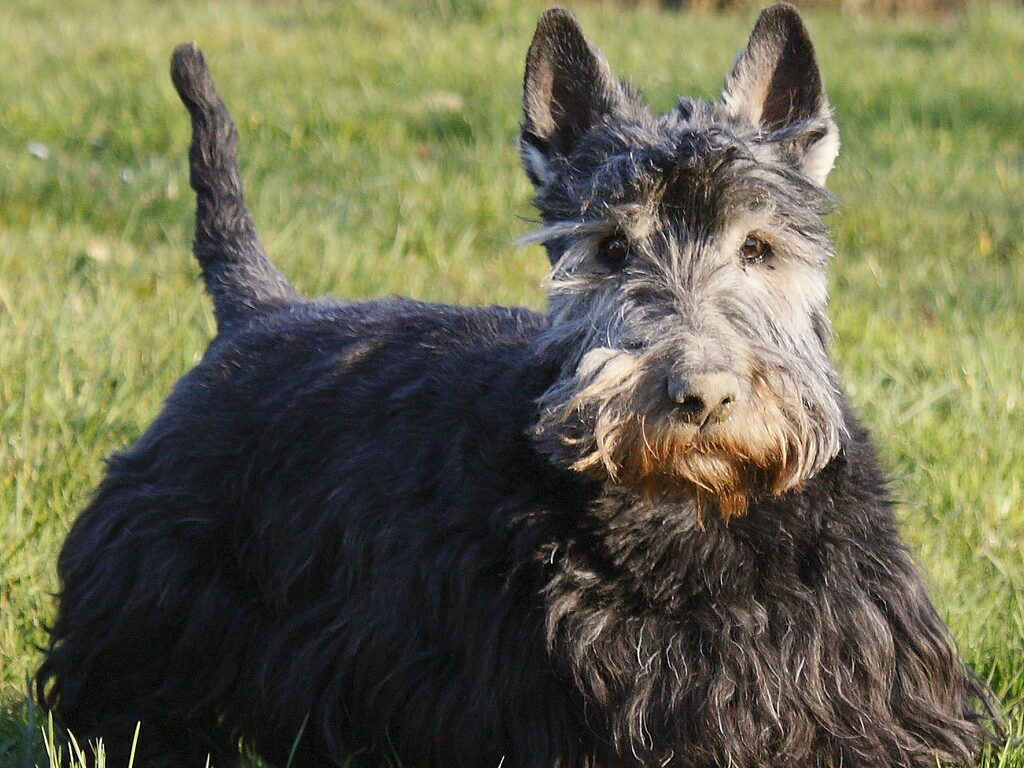
Scottish Terriers, or “Scotties,” are small dogs with a lot of personality. They are known for their independence and strong will, which can make training a challenge. Scotties are intelligent but can be stubborn, especially if they don’t see the point in following a command. It’s important to be firm and consistent when training a Scottish Terrier, as well as positive reinforcement.
Lhasa Apso
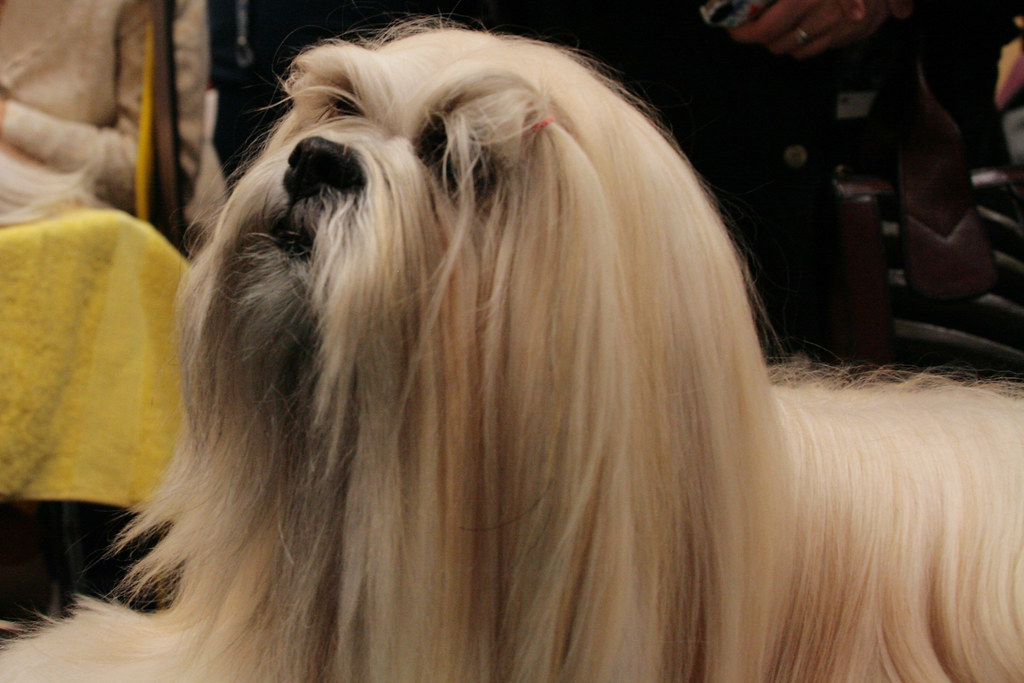
Lhasa Apsos are small dogs with a lot of confidence. They were bred to guard monasteries in Tibet, which gives them a naturally independent and sometimes aloof personality. Lhasa Apsos can be stubborn and may not always be eager to follow commands. They respond best to positive reinforcement and a calm, patient approach. Consistency is important in training a Lhasa Apso, and it’s crucial to establish yourself from the very beginning.
Pekingese
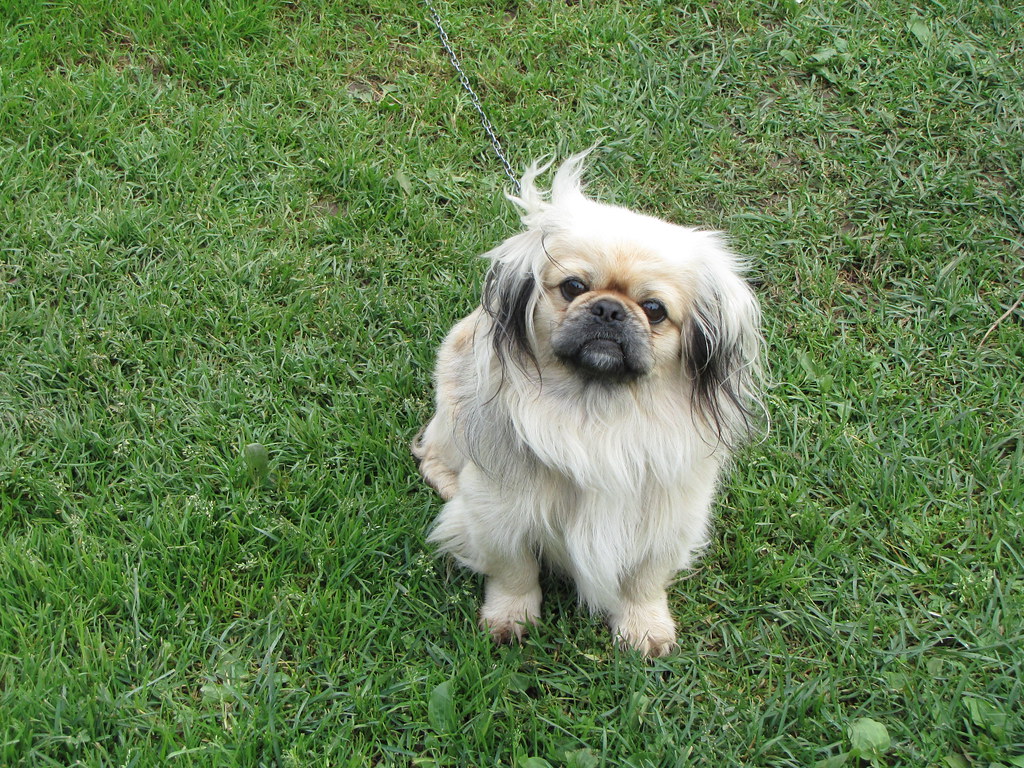
Pekingese are small, lion-like dogs with a big attitude. These dogs were bred to be companions for Chinese royalty, which means they can be a bit spoiled and stubborn. Pekingese can be difficult to train because they have a strong sense of independence and may not always want to follow your commands. Try to keep your training sessions short and fun to keep a Pekingese engaged.
Chinese Crested
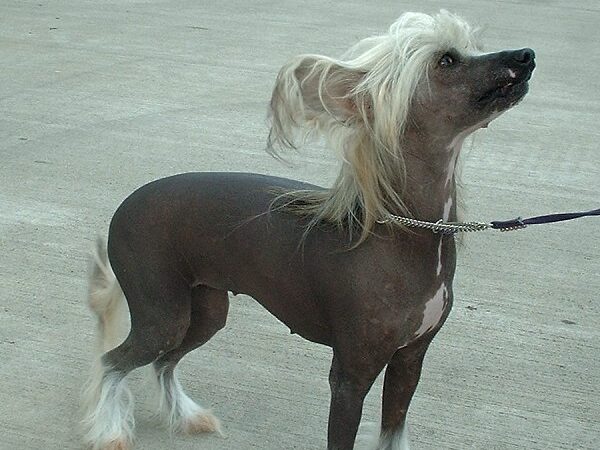
Chinese Cresteds are small, affectionate dogs that come in two varieties: hairless and powderpuff. While they are loving and loyal pups, they can also be stubborn, particularly when it comes to housebreaking. Chinese Cresteds require patience and consistency during training. These dogs can be sensitive, so it’s important to use gentle training methods and avoid harsh corrections.
Chihuahua
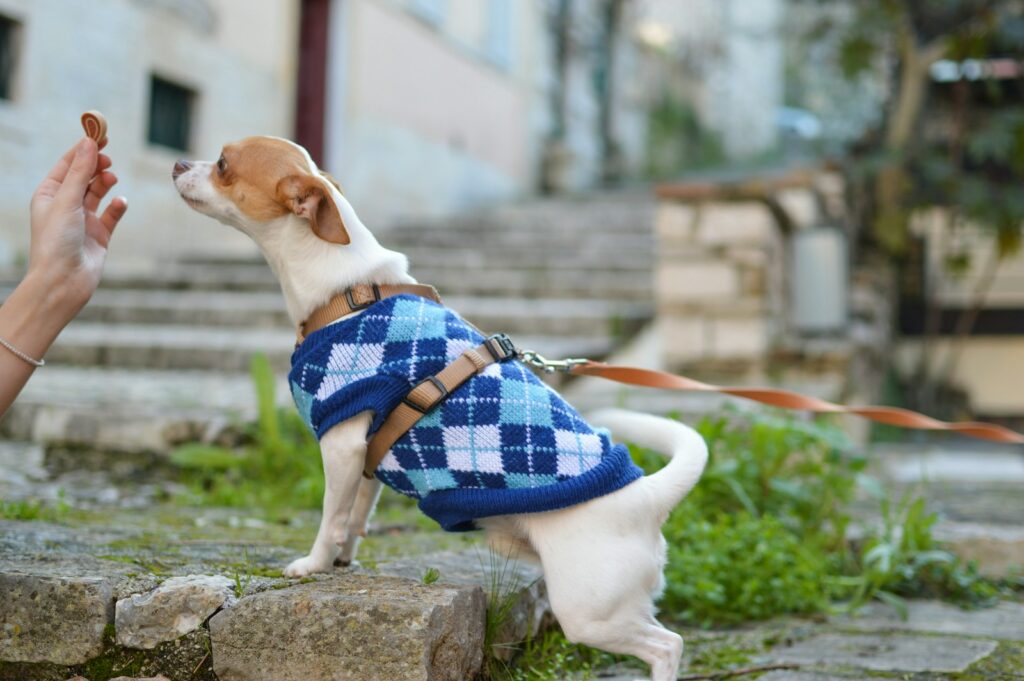
Chihuahuas are tiny dogs with big personalities. They are known for being feisty and sometimes stubborn, which can make training difficult. Chihuahuas often have a mind of their own and are also known for having difficulty with housebreaking. Positive reinforcement works best but be prepared for a dog that sometimes tests your limits.
English Bulldog
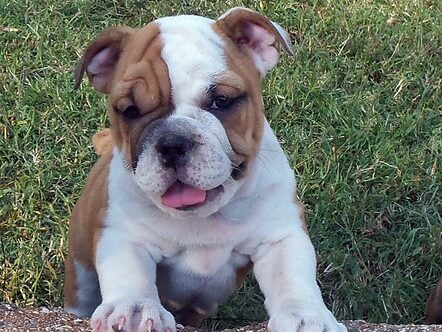
Bulldogs can also be difficult to train because they are very set in their ways. They are also known for being a bit lazy, which can make them less responsive to commands. Keeping training sessions short and motivating is important to keep a Bulldog engaged.
Mastiff
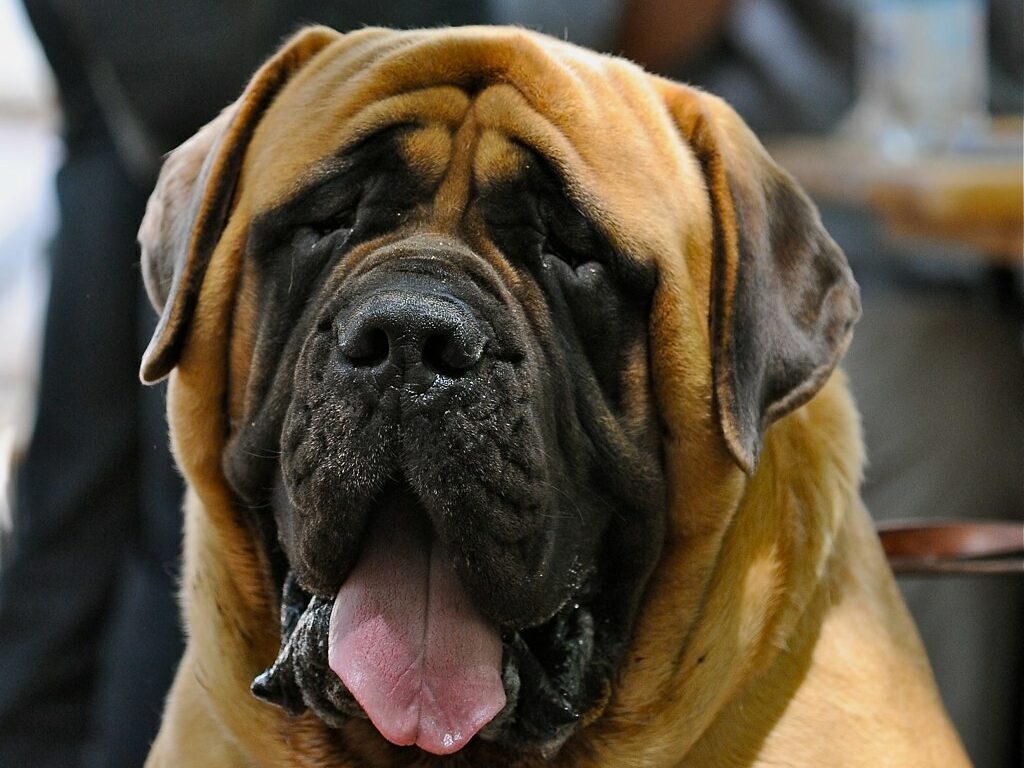
This breed can be challenging to train, especially if they’re not in the mood to listen. Mastiffs require a firm, consistent approach and plenty of positive reinforcement. It’s important to establish yourself as the leader early on, as a poorly trained Mastiff can be difficult to manage due to their size and strength.
Dalmatian
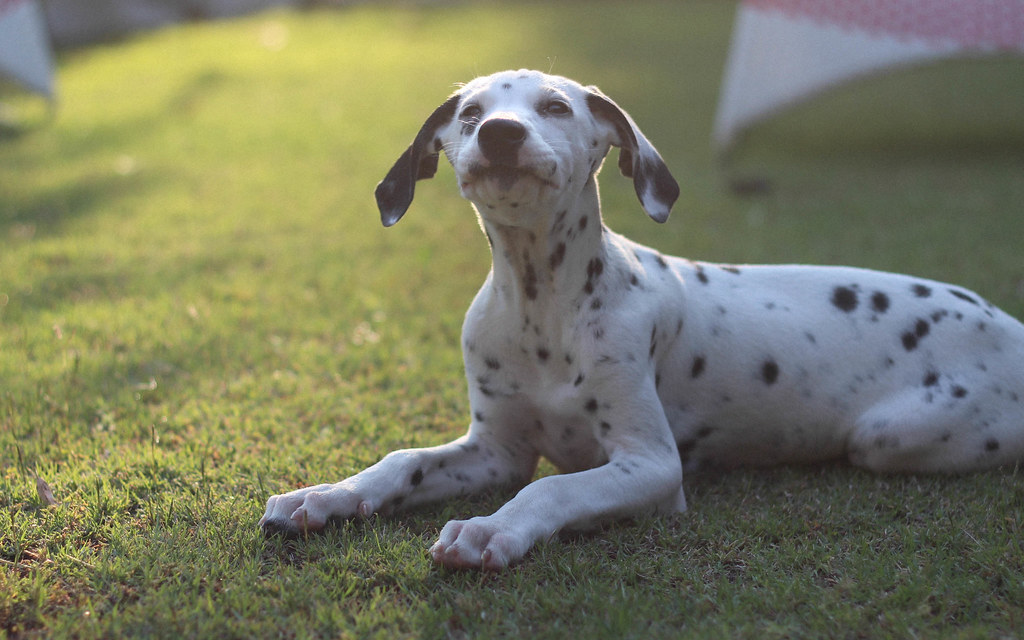
While Dalmatians are smart, they can also be very independent and stubborn, which can make training a challenge. Dalmatians need a lot of mental and physical stimulation to stay happy and well-behaved. If they get bored, they can become destructive or difficult to manage. It’s important to keep training sessions varied and interesting to hold a Dalmatian’s attention.
Fox Terrier
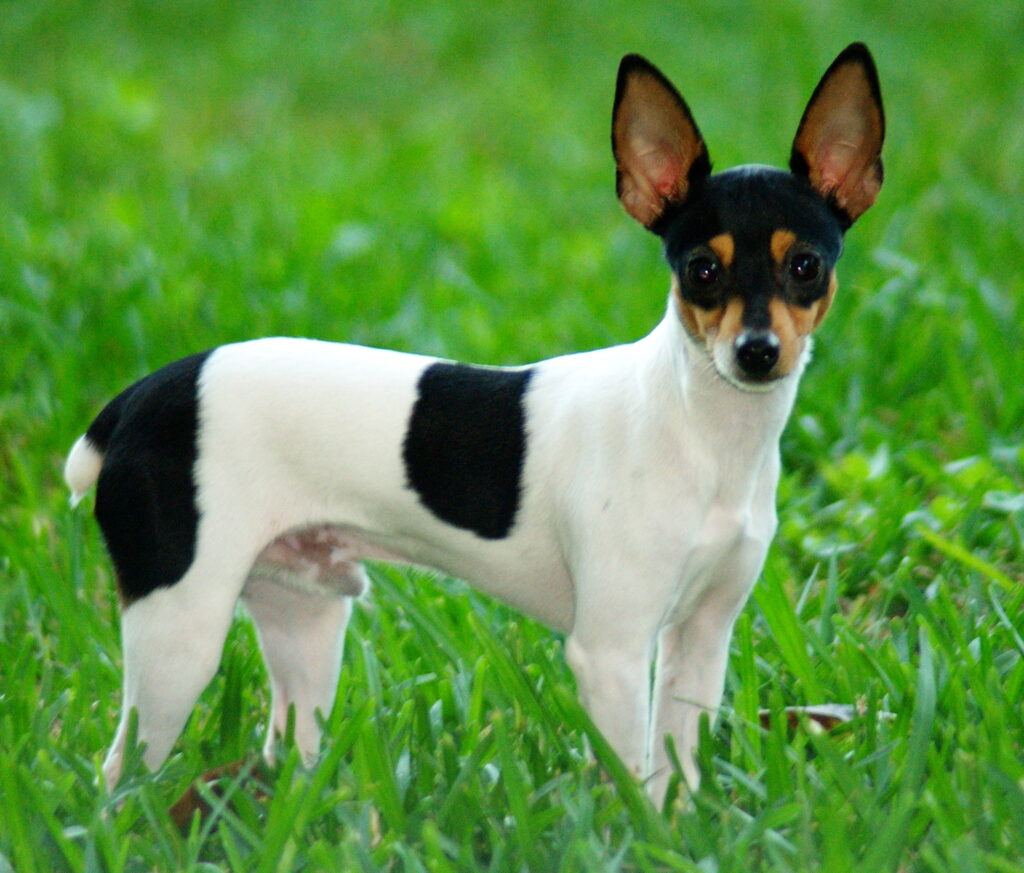
Fox Terriers are lively, energetic dogs with a lot of intelligence and independence. They were originally bred for hunting, which gives them a strong prey drive and a tendency to chase after anything that moves. This can make training difficult, as they can be easily distracted and may not always listen to commands. Fox Terriers need firm, consistent training and plenty of mental and physical stimulation to stay well-behaved.
Irish Wolfhound
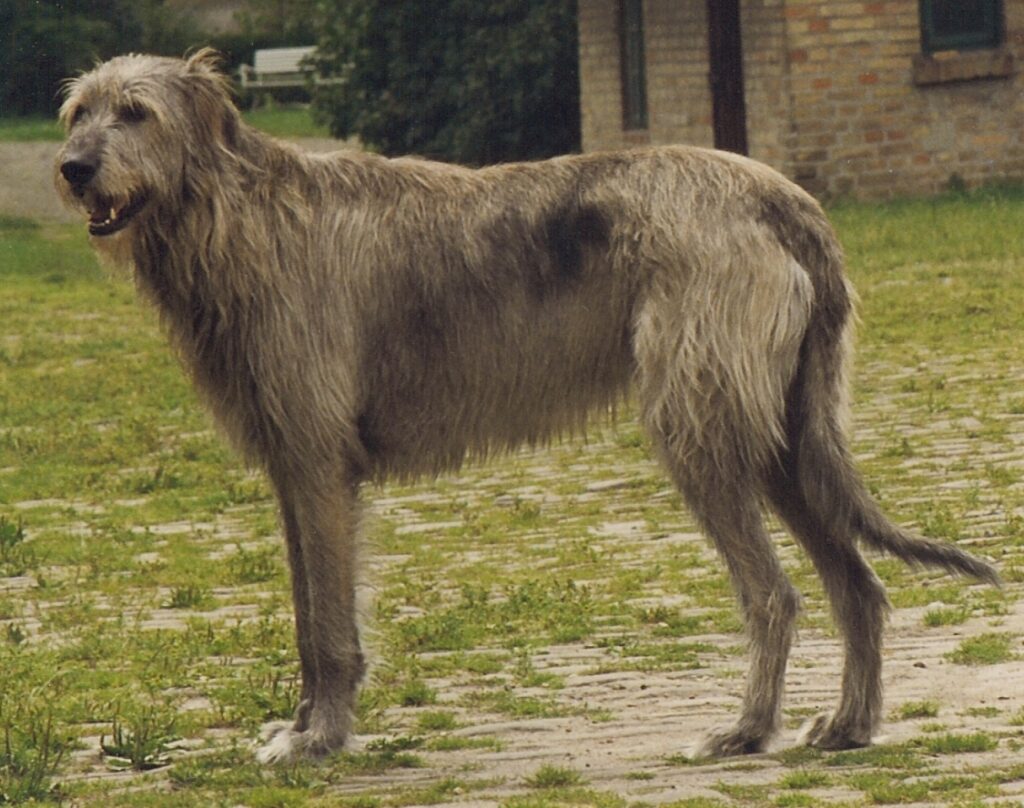
Irish Wolfhounds are kind and friendly. However, their large size and independent streak can make training a bit challenging. Irish Wolfhounds are not always eager to follow commands, especially if they don’t see the point. Training requires patience, consistency, and a lot of positive reinforcement. It’s also important to start training early, as an untrained Irish Wolfhound can be difficult to manage due to its size.
Great Pyrenees
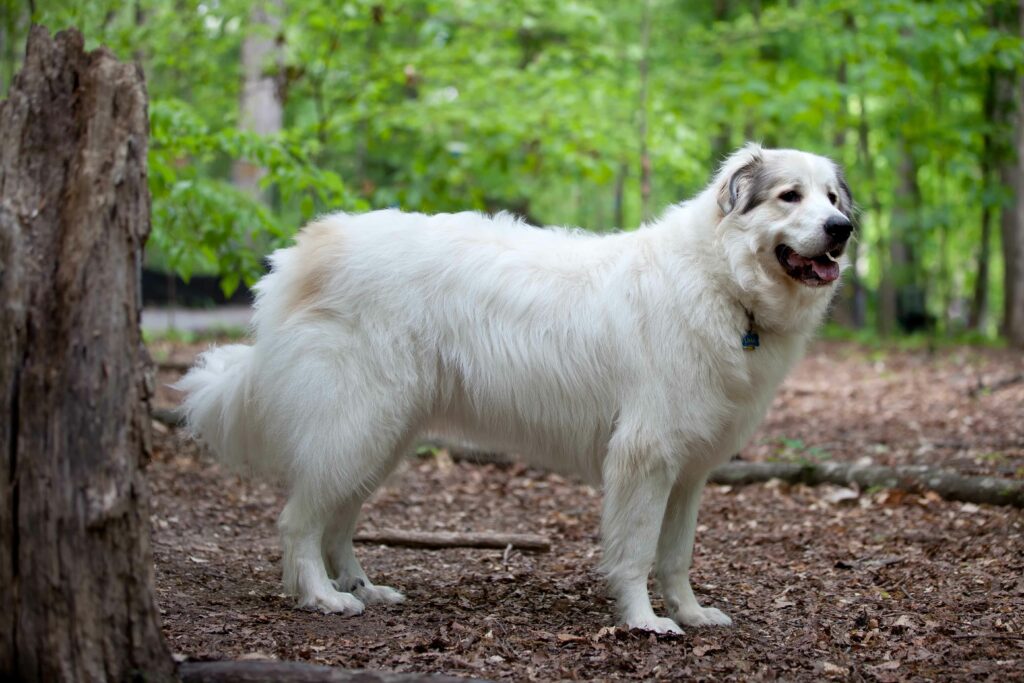
Great Pyrenees are large, powerful dogs that were bred to guard livestock in the mountains. They are naturally independent and strong-willed, which can make it difficult for them to train. The great Pyrenees are used to making their own decisions and may not always listen to commands, especially if they feel their way is better.
Airedale Terrier
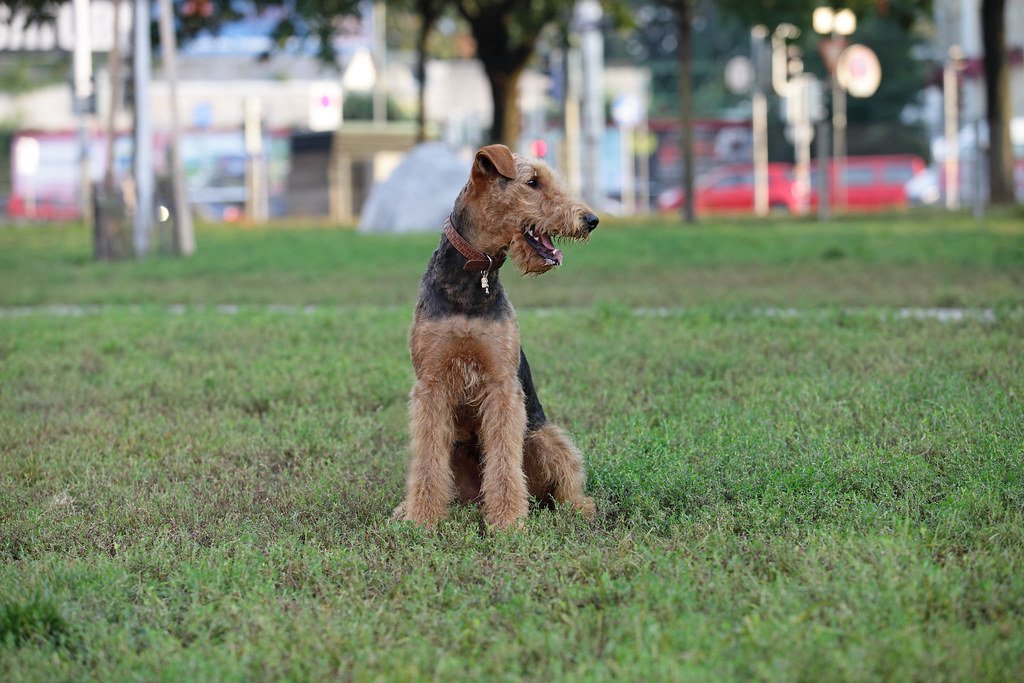
Airedale Terriers are intelligent, energetic dogs with a lot of personality. They are known for their independence and strong will, which can make training a challenge. Airedales can be stubborn and may not always be eager to follow commands, especially if bored. Training requires consistency, patience, and a lot of positive reinforcement.
Weimaraner
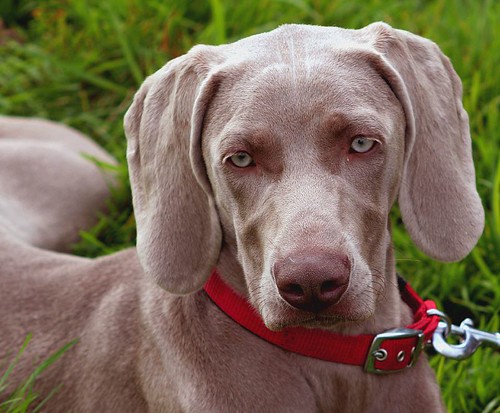
These pups are very smart, but they can also be stubborn and easily distracted, which can make training a challenge. Weimaraners need a lot of mental and physical stimulation to stay happy and well-behaved. If they get bored, they can become destructive or difficult to manage.
Saluki
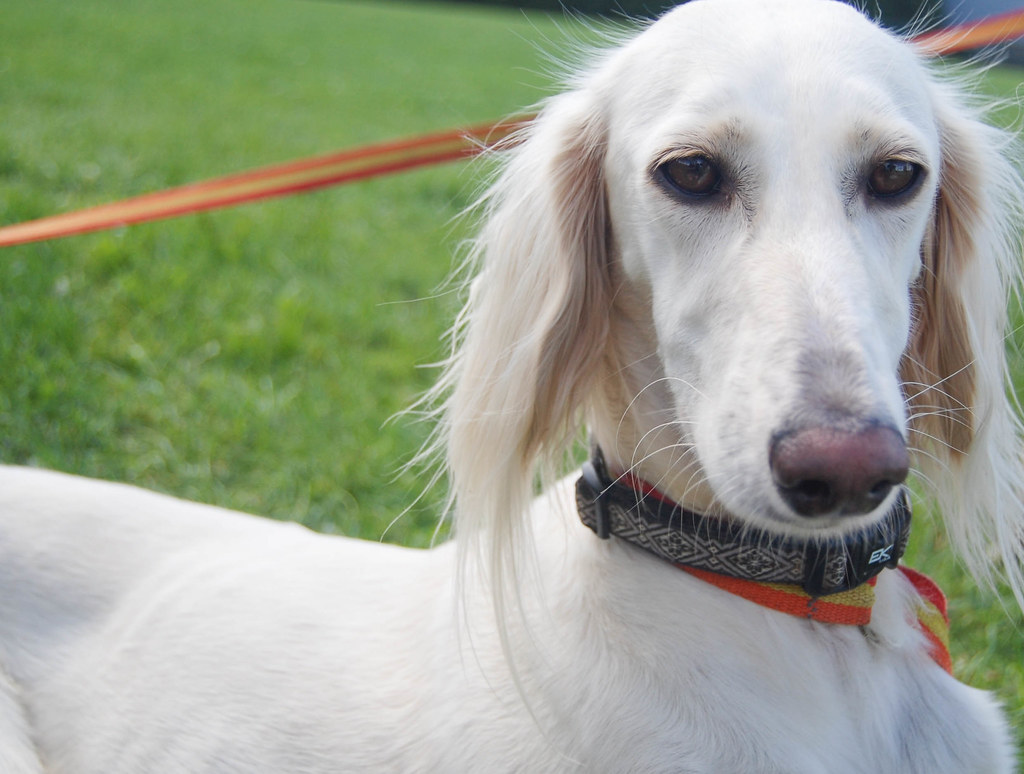
Salukis are elegant, graceful dogs originally bred for hunting in the deserts of the Middle East. They are known for their independence and sometimes aloof nature, which can make training them challenging. Salukis have a strong prey drive and can be easily distracted by anything that moves.
Whippet
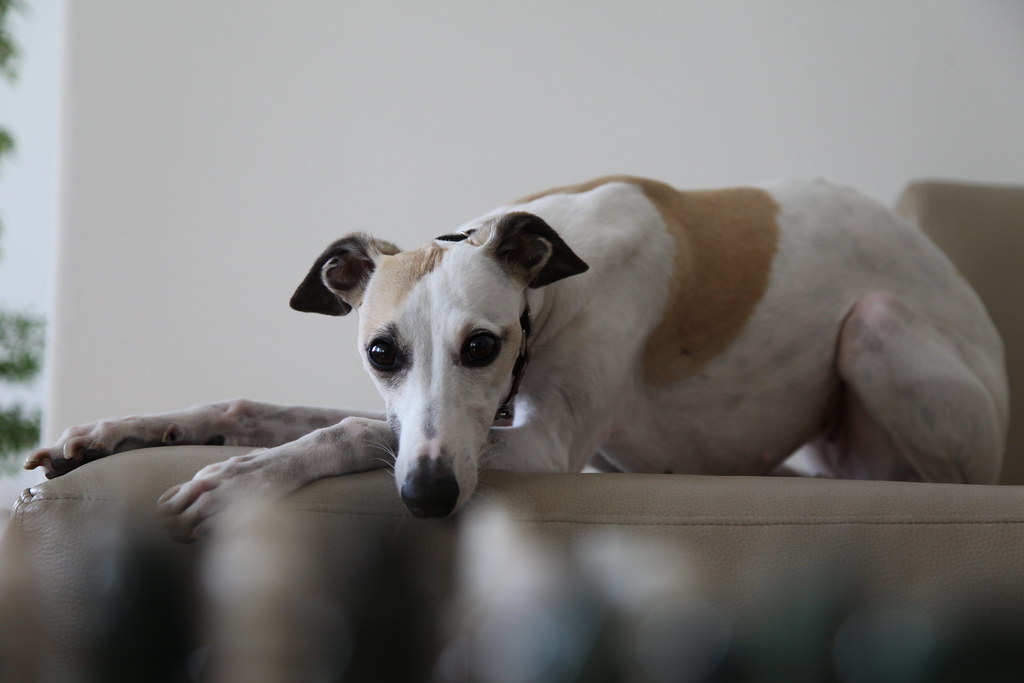
Whippets are small, fast dogs known for their speed and agility. They are intelligent but can also be stubborn and independent. Whippets have a strong prey drive and can be easily distracted, especially by small animals. To hold a Whippet’s attention, it’s important to keep training sessions short and fun.
Yorkshire Terrier
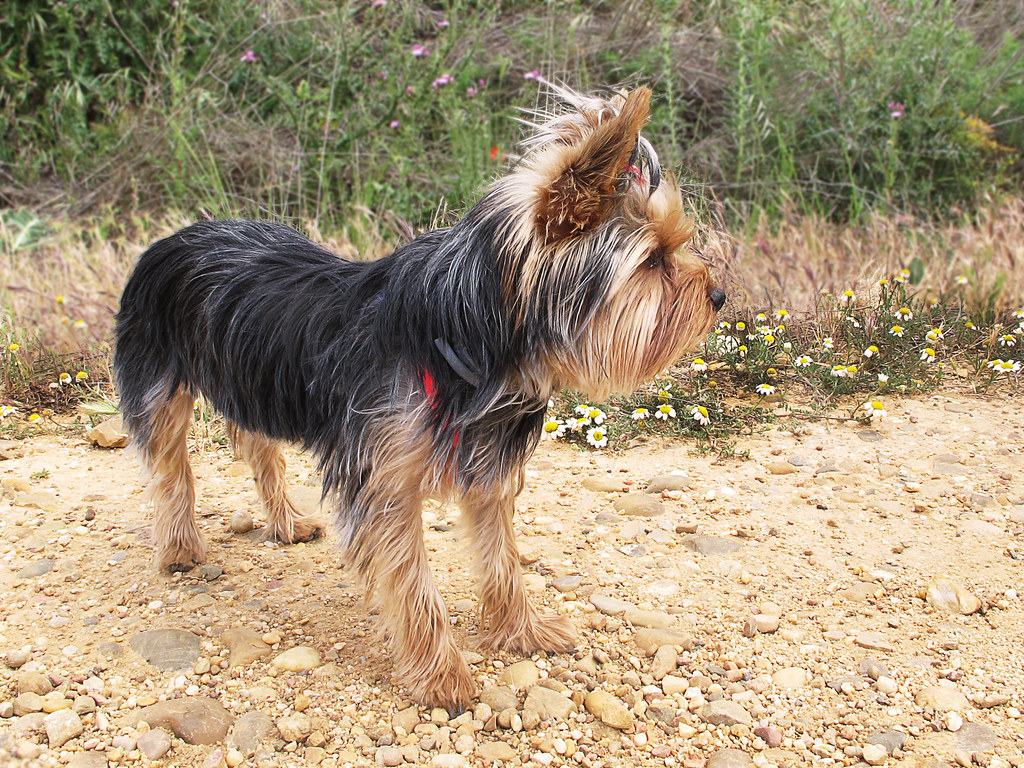
Yorkies are small pups with big personalities. These pups are known for being feisty and sometimes stubborn, which can make training them difficult. Yorkies often have a mind of their own and may not always want to follow commands. They are also known for having difficulty with housebreaking. So, be gentle and consistent when training a Yorkie.
Bloodhound
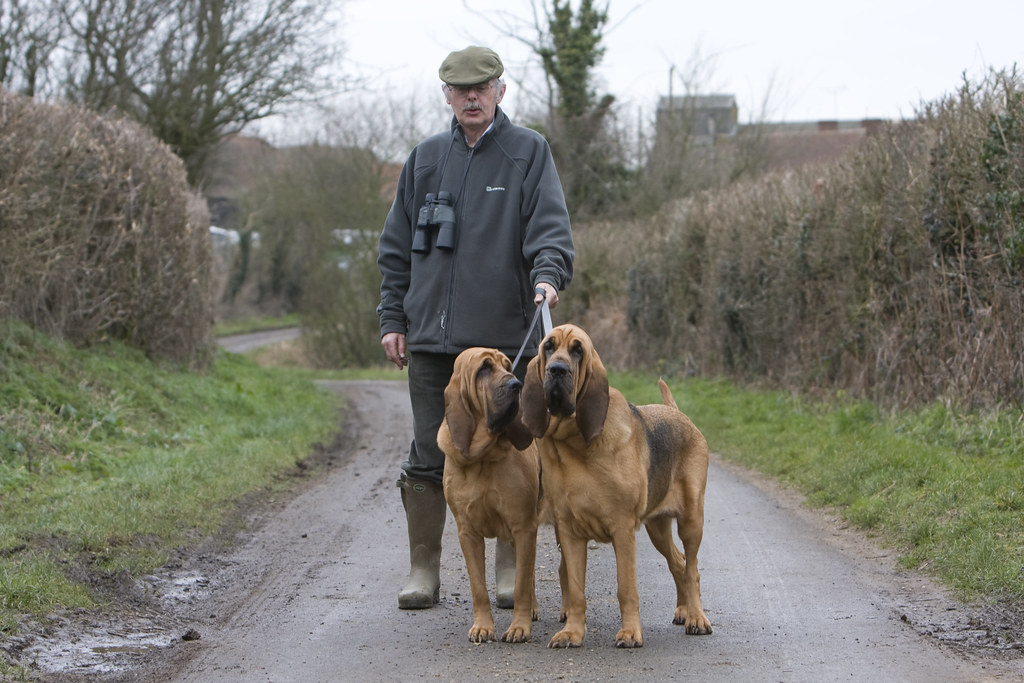
These dogs have an incredible sense of smell, which makes them excellent trackers but also difficult to train. These dogs are naturally independent and can be very stubborn, especially when they catch a scent that interests them. Bloodhounds are also known for being a bit single-minded, which can make them difficult to control during training.


